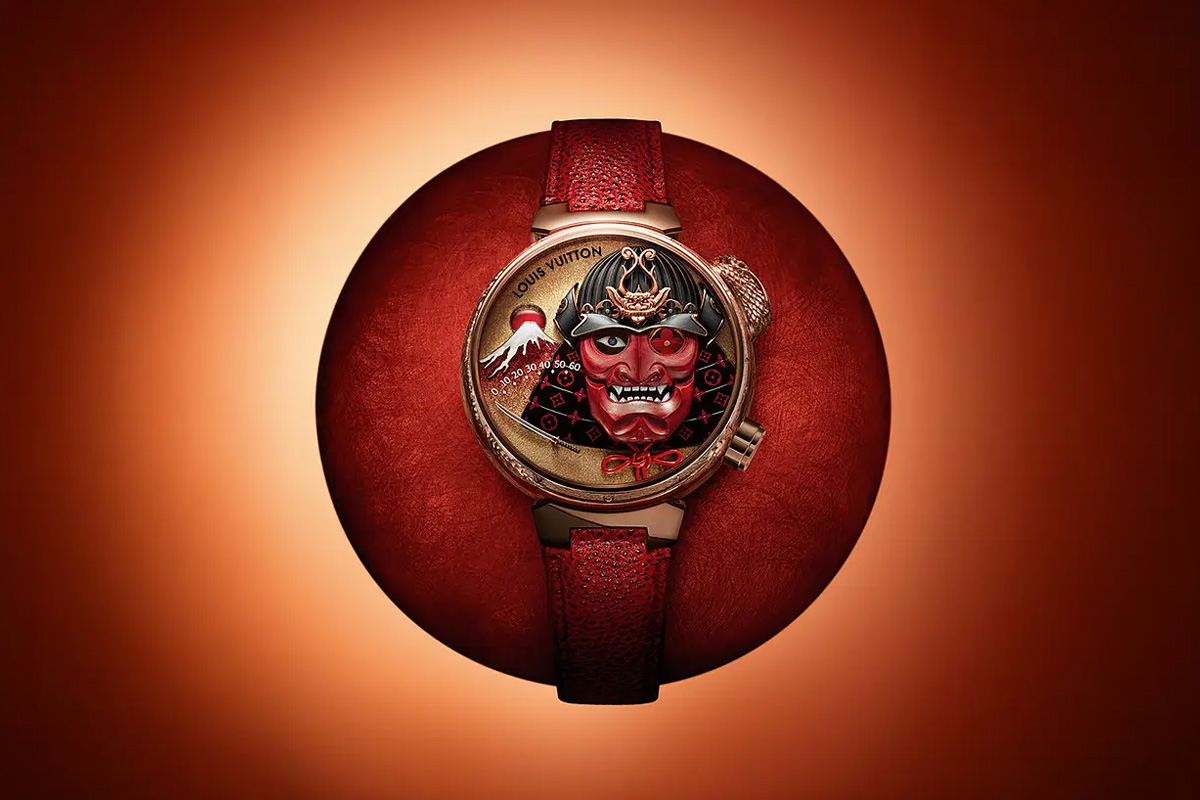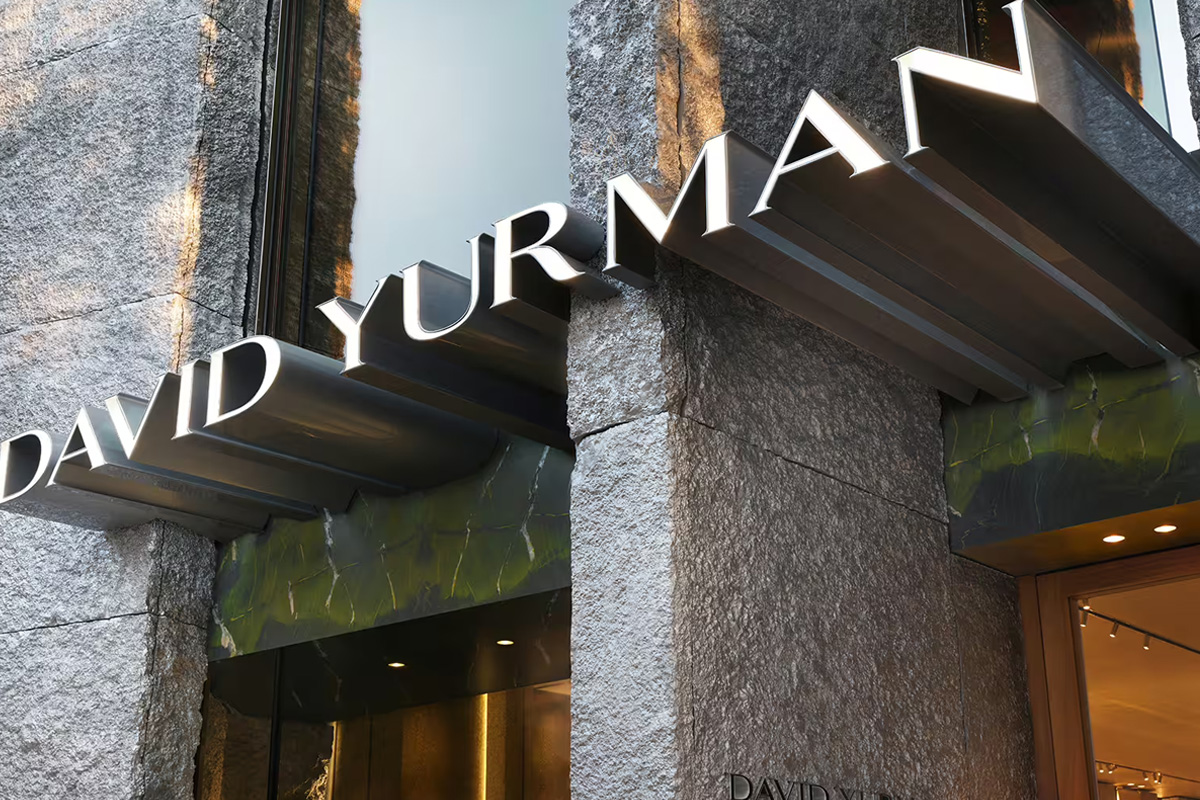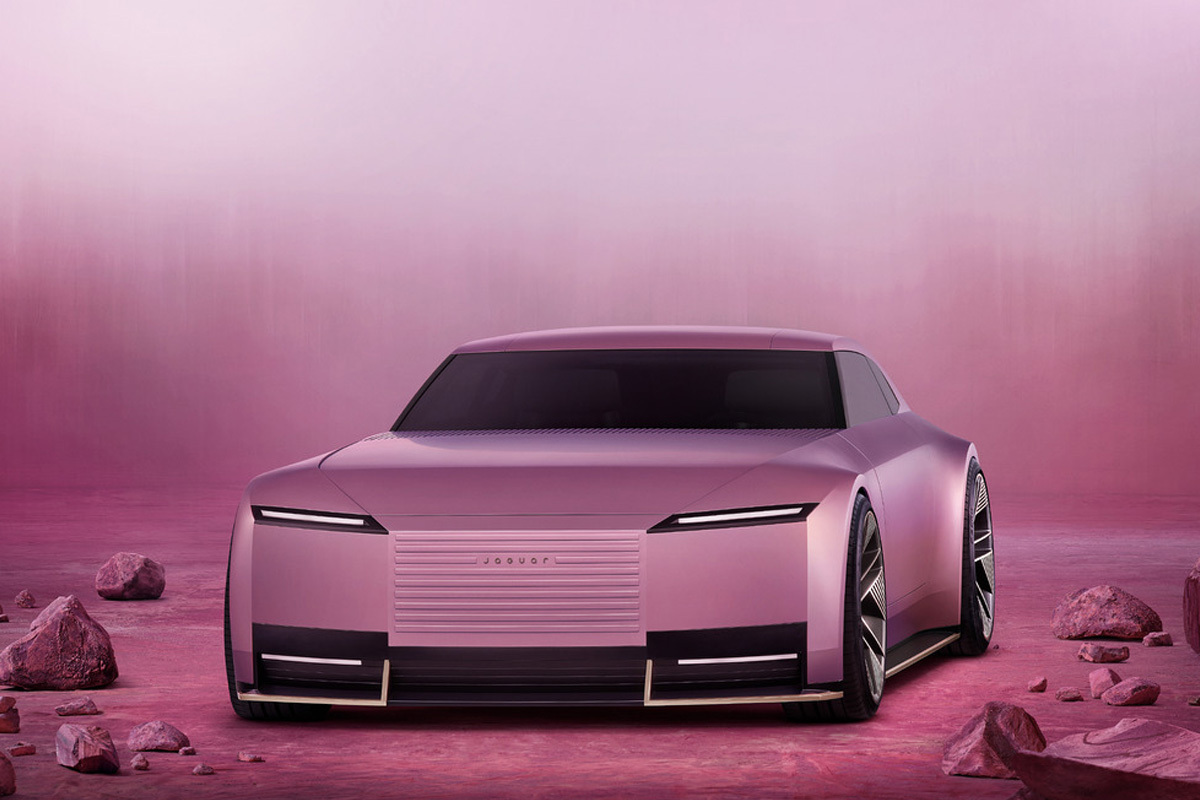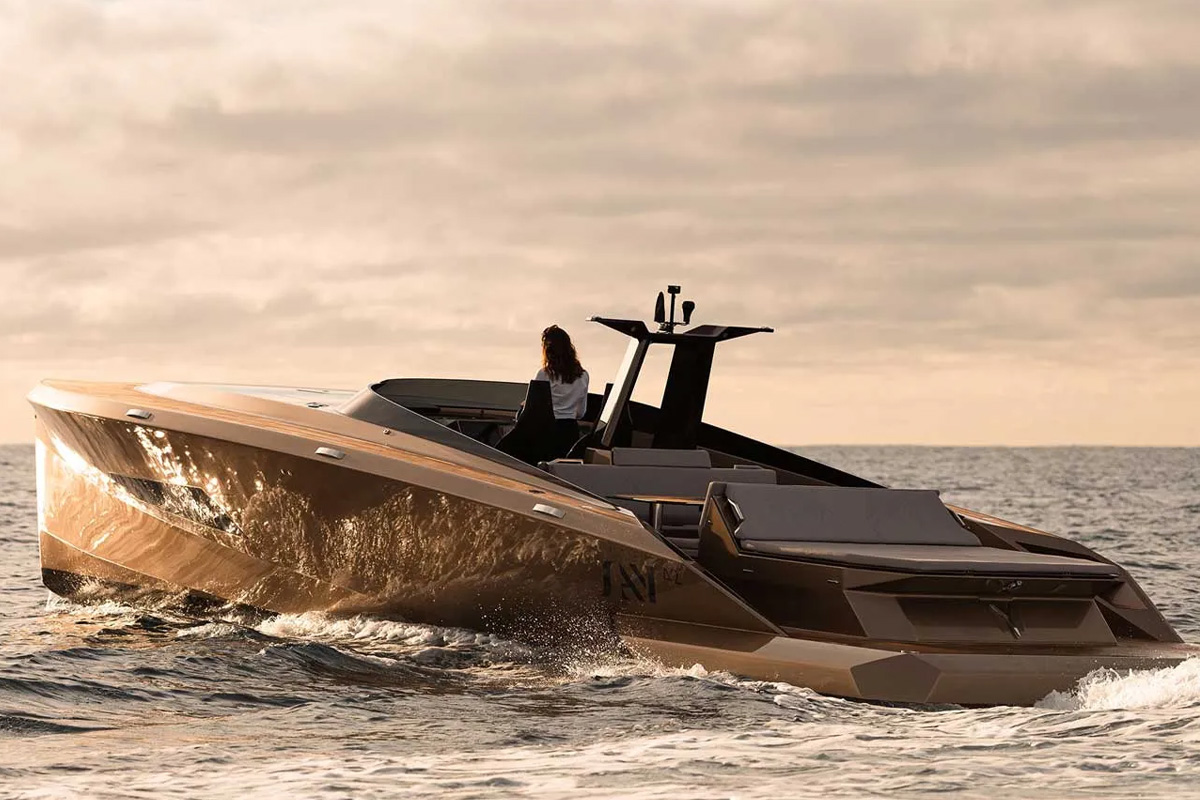US Watch Market Set to Surpass 34 Billion Dollars by 2033
A symphony of ticking precision and avant-garde innovation is shaping the trajectory of the US watch market. By 2033, this industry is forecasted to rise to an astounding $34.34 billion valuation, growing from $22.77 billion in 2024, with the craft of horology firmly cementing itself as both an artform and an investment.

For the world’s Ultra High Net Worth Individuals (UHNWIs)—more than 395,000 strong globally, wielding over $45 trillion in combined wealth—this represents more than a trend. It’s a pursuit of timeless beauty, legacy, and purpose.
At the heart of this revolution lie exclusivity, masterful craftsmanship, and, remarkably, the evolution of the digital timepiece. Whether for traditionalists who revel in the allure of heritage brands or modernists drawn to the innovative prowess of wearable tech, the watch market is becoming increasingly segmented, sophisticated, and undeniably lucrative.
If time is currency, then the one percent have already begun investing wisely.
The Allure of Heritage and Craftsmanship
Luxury innately speaks a language few fully understand, yet all recognize. Brands like Rolex,
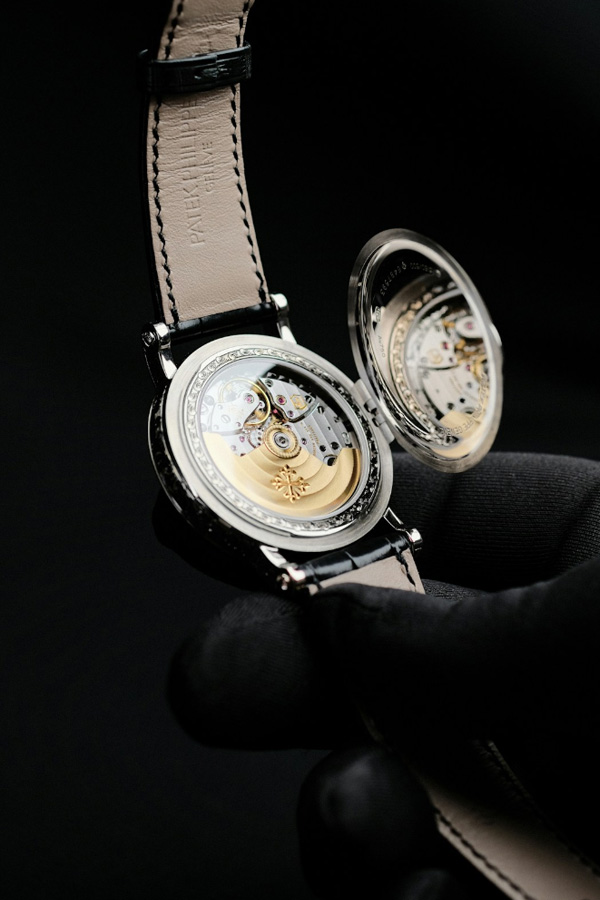
, and Audemars Piguet have mastered this lexicon, offering timepieces that transcend functionality, becoming artifacts of legacy and power.
For UHNWIs, every horological acquisition is imbued with significance. The sparkle of a domino-set dial, the rhythm of a skeletonized tourbillon, or the robust heritage of a platinum Speedmaster serves more than style; it symbolizes permanence. Limited editions, bespoke commissions, and provenance-driven purchases dominate this category, where every timepiece steps further into the realm of art and investment.
The global dip in Swiss watch exports in 2024 (-12.6%) only accentuates the US’s burgeoning appetite, with imports replacing the old guard’s losses, rising by 2.4%. A nation built on bold ambition is defining tomorrow’s watch narrative.
The Rise of Smartwatches and Digital Elegance
On the opposite end of this spectrum stand tech-savvy marvels. Smartwatches, spearheaded by Apple, Garmin, and Samsung, have become cohort favorites for the digitally-inclined elite. With more than 50 million Americans using wearable tech for health-monitoring and fitness tracking, these innovations blend function with finesse.
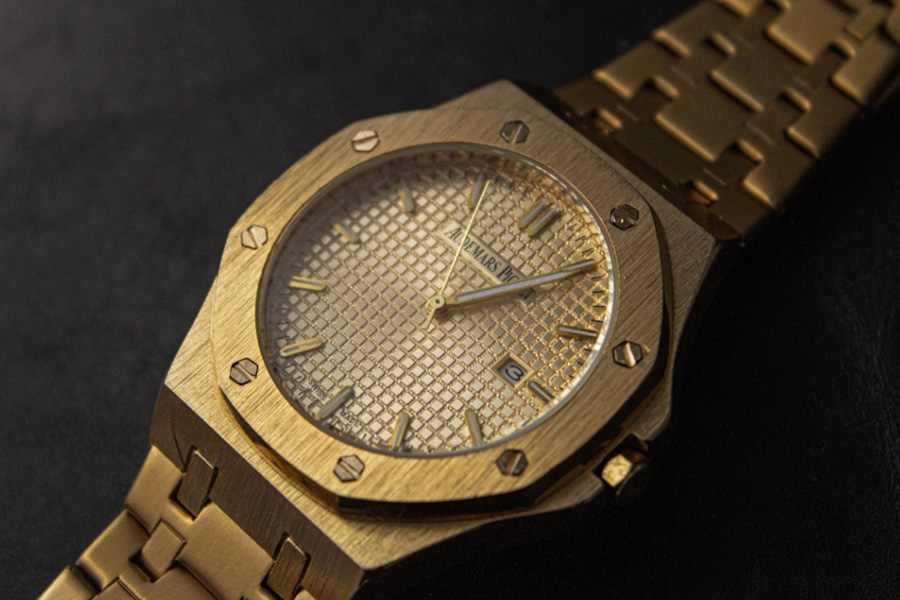
Millionaires in their mid-thirties now layer their wrist with simplicity on one arm and an Apple Watch Ultra on the other. Herein lies the paradigm—dual loyalties to innovation and timeless refinement.
For UHNW wearers, technology isn’t just utility. It’s personalization, legacy, and tech-driven simplicity bound together in lightweight titanium, unyielding sapphire crystal, or a perfectly balanced haptic touch.
E-Commerce and the Evolution of Exclusivity
Gone are the days when procuring a Patek Philippe meant flights to Geneva or appointments months in advance. Thanks to e-commerce, luxury watch acquisition has never been more accessible.

Digital platforms, offering exclusive perks such as virtual try-ons and bespoke consultations, are redefining not only how UHNWIs shop but how they connect with brands. VIP digital experiences, personalized AI recommendations, and blockchain-certified authenticity give even the most discerning buyer trust in purchasing provenance.
This fusion of heritage service and technology signals a golden age for e-commerce, one where exclusivity transcends geographic constraints.
Addressing Risks and Safeguarding Integrity
With luxury comes imitation. The counterfeit and grey markets remain persistent threats to high-end brands, undermining trust and eroding prestige. To counteract these risks, elite watchmakers are adopting advanced solutions such as blockchain-based authentication and serialized records to ensure the integrity of purchases remains unblemished.
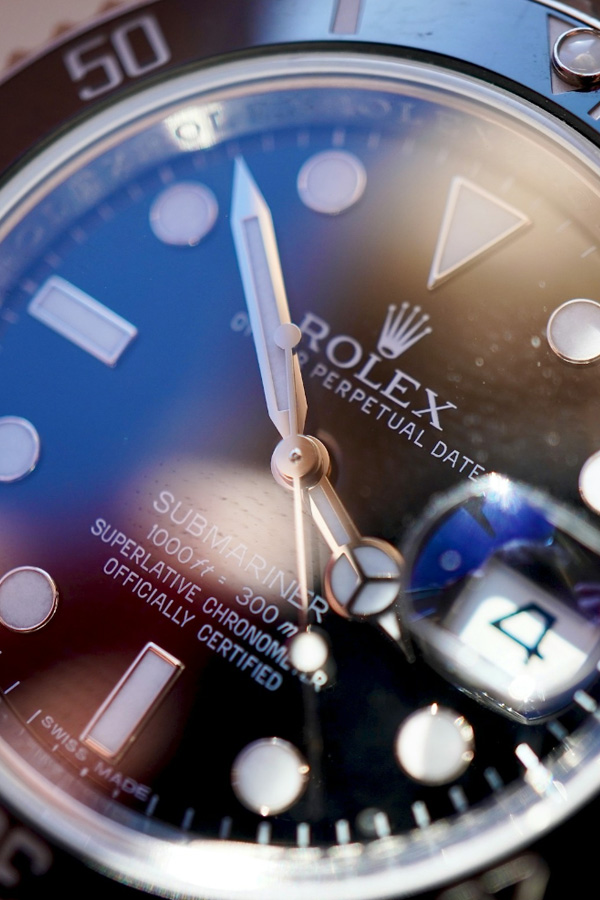
For the discerning buyer, this provides peace of mind that their investment is protected, their purchase exclusive, and their legacy secured.
The Quartz Advantage and the Call for Versatility
While the one percent often gravitate toward mechanical complexities and tourbillon mastery, the quartz segment remains resilient. Its appeal lies in its unassuming nature, durability, and perfect balance of affordability.
Brands like Citizen and Seiko have crafted masterpieces of simplicity, offering UHNWIs an escape for moments requiring endurance rather than opulence. Quartz models now serve a unique dual purpose for collectors and casual wearers alike.
The Timepiece Portfolio Perspective
For UHNWIs, watches are no longer simply accessories but key components of an increasingly sophisticated portfolio, reflecting market trends and consumer preferences. The global watch market is experiencing significant growth, driven by rising disposable incomes, demand for luxury timepieces, and the influence of premium brands. By 2025, the U.S. watch market and global luxury watch market are forecasted to expand, with key players like the Swatch Group, TAG Heuer, Seiko Watch Corporation, Patek Philippe, and Citizen Watch leading the way.
The luxury watch market size continues to grow, with brands like Richard Mille, renowned for avant-garde collections like the RM11 series, catering to high-net-worth individuals and mid-range buyers alike. In this segment, variety is key. For example:
- A Calatrava from Patek Philippe for quiet elegance at upscale events.
- A Daytona, perfect for weekend drives in Tuscany.
- A smartwatch, like the Apple Watch Series, for early mornings on the Peloton.
- A vintage Submariner or Tank for timeless evening charm.
Market forecasts highlight the increasing demand for Swiss watches, including traditional watches and quartz watches, as well as innovations in the smartwatch market. The Swiss watch industry remains a competitive edge for high-end timepieces, while mid-range consumer preferences are evolving toward both offline retail stores and online retail platforms. Digital advancements and the rise of online retail stores are reshaping distribution channels globally, catering to regional markets like the Middle East and Africa.
Key factors driving the market include the demand for luxury, international brands, and rising trends in electronic watches. Titan Company Limited, Fossil Group, and Seiko Holdings Corporation are also making strides in the luxury watches segment, competing for market share within the global audience. As market size, share, and trends evolve, high-end and luxury brands continue to capture significant growth, ensuring that both traditional and digital watches remain pivotal in the global luxury watch market.
These timepieces are no longer mere accessories—they are legacies, reflecting exclusivity, sophistication, and a connection to a global audience. Whether purchased through physical stores or online, they represent key factors of market expansion and technological advancements, appealing to both discerning buyers and those embracing modern market segments.
Your Next Timeless Decision
The U.S. watch market has reached an exciting inflection point, with significant growth and opportunities forecast through 2025. As consumer preferences evolve, the rising demand for luxury watches, driven by high net worth individuals and mid-range buyers alike, is shaping the global watch market. From Swiss watches and high-end timepieces by Patek Philippe and TAG Heuer to innovative options like the Apple Watch Series and smartwatches, the watch industry is thriving across both traditional and digital segments.
The global luxury watch market, including key players like the Swatch Group, Seiko Holdings Corporation, Fossil Group, and Titan Company Limited, is experiencing rising disposable incomes, technological advancements, and increasing demand for premium brands. Market size, share, trends, and forecasts indicate a strong expansion, particularly in regional markets like the Middle East and Africa, as well as in online retail stores and physical stores.
Luxury timepieces, which merge heritage with horological artistry, continue to dominate the luxury watches segment, while quartz watches, digital watches, and electronic watches cater to diverse market segments. Key factors driving this market growth include the growing demand for international brands, innovation in distribution channels, and a rise in consumer interest in both offline retail stores and online platforms.
In the midst of these major trends, the Swiss watch industry remains a competitive edge for global luxury, with brands like Citizen Watch, Seiko Watch Corporation, and Swatch Group Ltd taking a leading role. The demand for high-end watches and luxury brands highlights the importance of offering a unique blend of tradition and innovation. Whether you’re focused on market data, market expansion, or understanding key market drivers, the united states watch market in 2025 presents a wealth of opportunities for luxury watch companies, global audiences, and mid-range buyers alike. Explore the sparkle of high-end watches and immerse yourself in the rising trend of timeless craftsmanship and innovation.
LATEST
POPULAR
